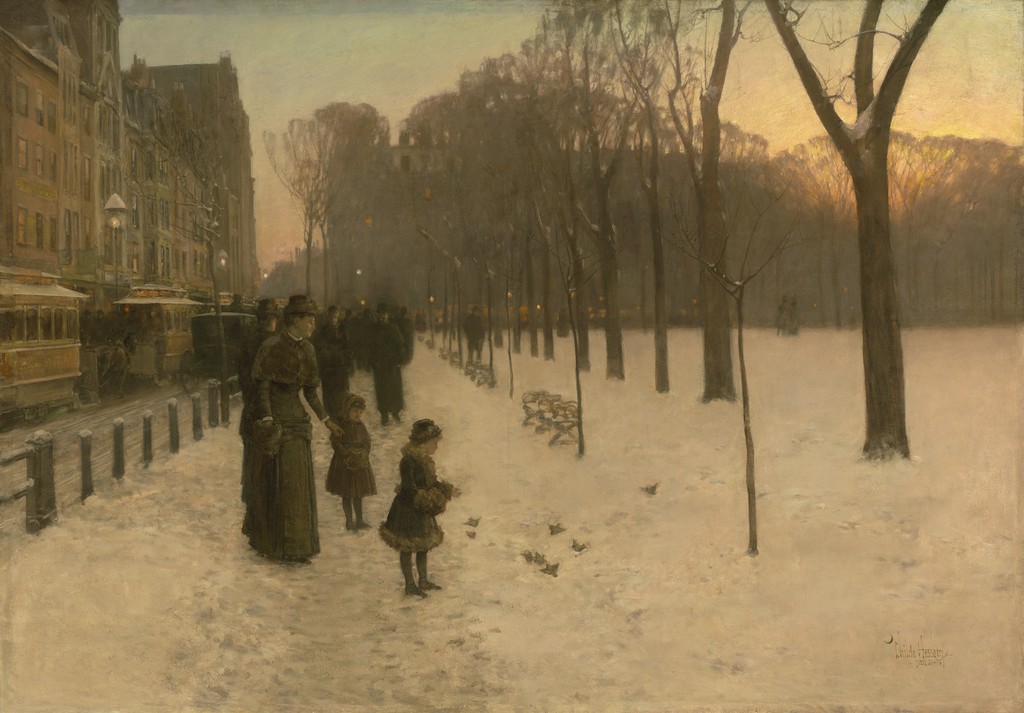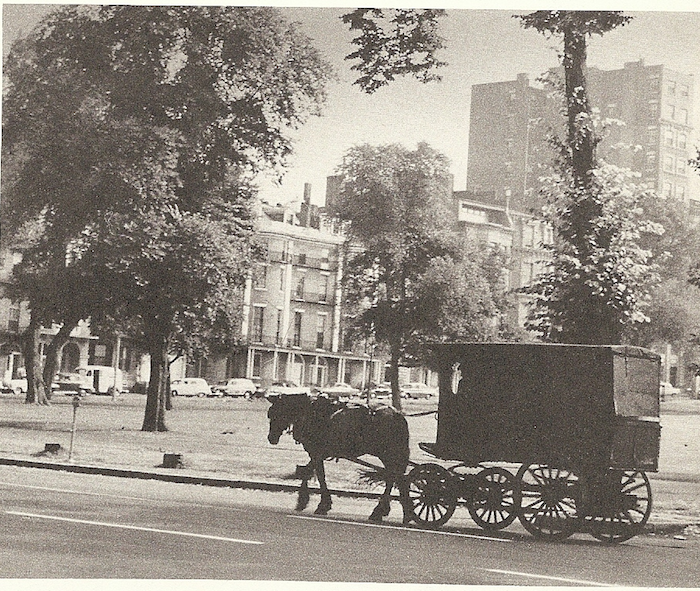whighlander
Senior Member
- Joined
- Aug 14, 2006
- Messages
- 7,812
- Reaction score
- 647
Chopping a lane out of Tremont street along the Common on the Downtown Cross side could work really well in improving the pedestrian experience. Hell it would be an opportunity to squeeze in a cycle track too. It's unfortunate that what should be a prominent street facing the parkland is full of crummy fast food joints and convenience stores. Added space for actual cafes and restaurants could dramatically transform the character of that stretch.
Re-landscaping the Common and restoring the perimeter fence will do much to improve the aesthetics of the area as well.
One can only hope that something serious can be done about improving the Park Street and Boylston Street MBTA head houses soon too.
Lurk -- Tremont has always been a major artery -- there is no way anyone is going to narow it
Chck-out the photo from the 1930's
http://www.flickr.com/photos/boston_public_library/6309388994/in/photostream/lightbox/

In fact there were major and nearly iconic structures that were removed or moved to widen it several times as well as slicing some of the width of the Common (which had to be voted on by the Citizens)
http://article.archive.nytimes.com/...971859&Signature=c6OqoXyJCRyBDRYhdgc7ooFlGXQ=
In Childe Hassam's great paintng we see Tremont St. prior to the Green Line tunnel and street widening

Most pedestrians use the Common side of Tremont -- which is more than sufficiently wide for any number of pedestrians and paralleled by a promenade
I wil reinterate my earlier comments about the nature of the shops and restaurants along the part of Tremont bordering the Common -- they are utilitarian places -- serving the students, commuters and visitors who need something quick -- just as is the Common is a utilitarian park -- a place for day to day activity -- nothing realy fancy (the Brewer Fountain being the one exception)
If you want fancy -- you want the Public Garden and the perimeter of the Public Garden along Boylston where the Four Seasons and along Arlington St. where the Taj (nee the Ritz) is located -- those are the fancy places -- where people go as a destination to eat, see and be seen
Last edited:

